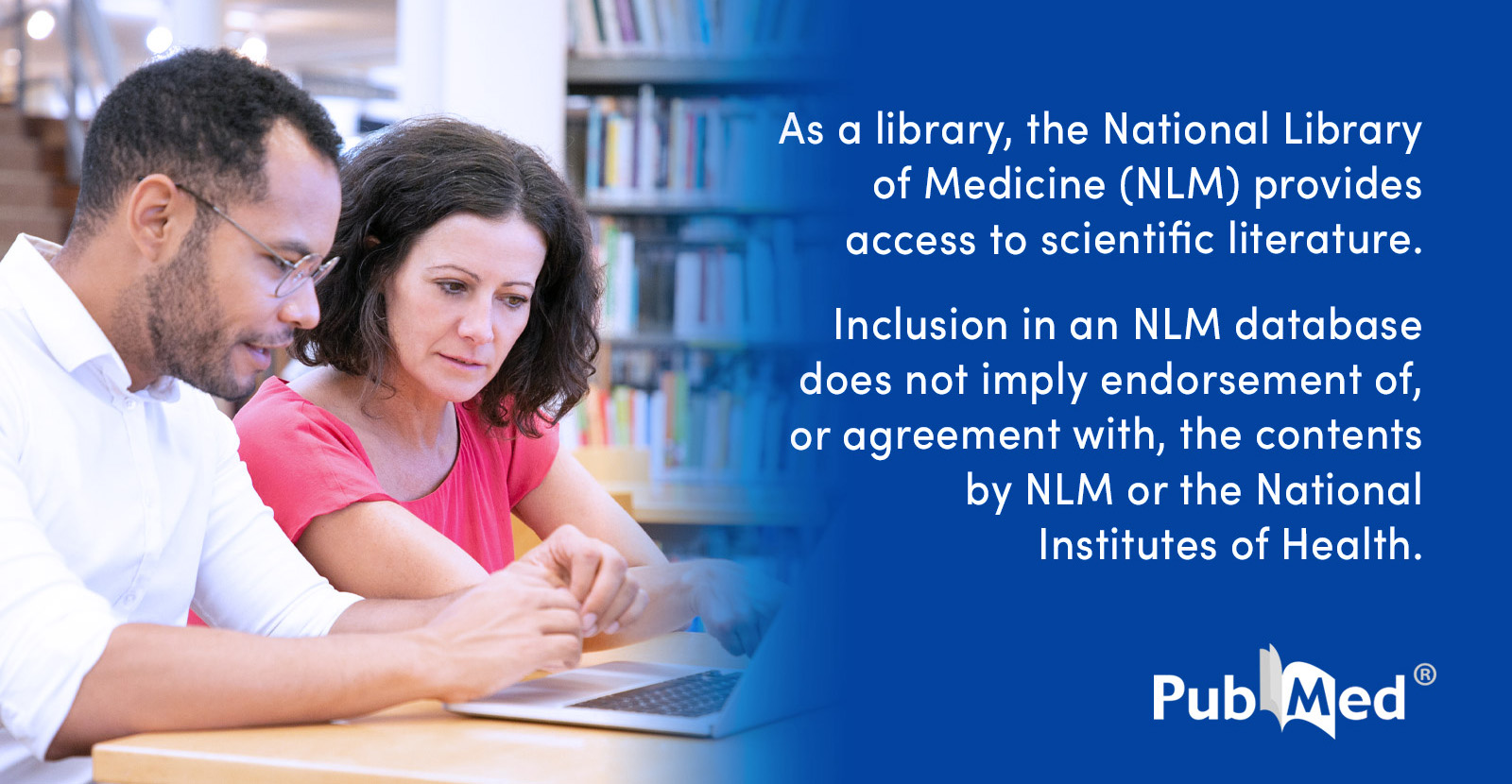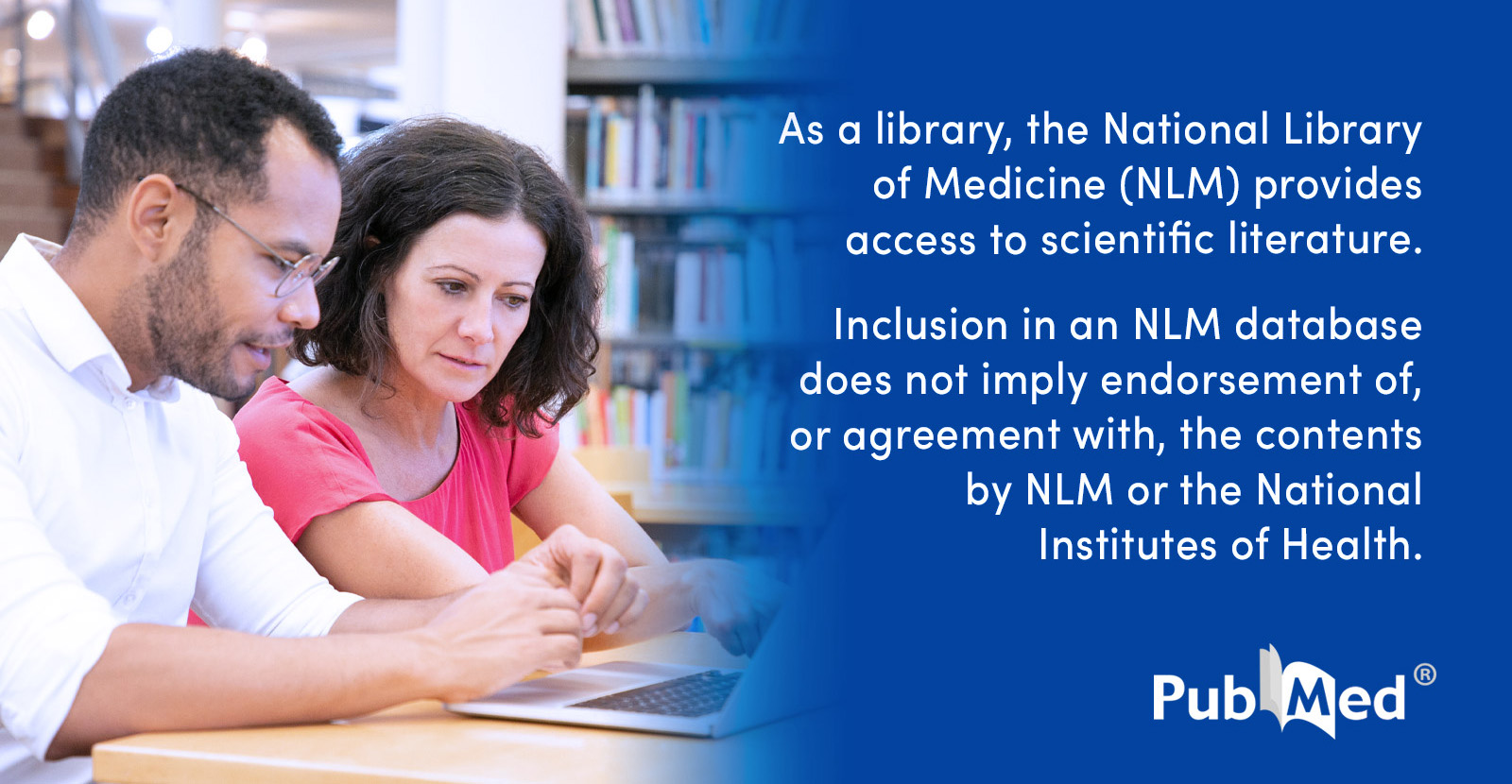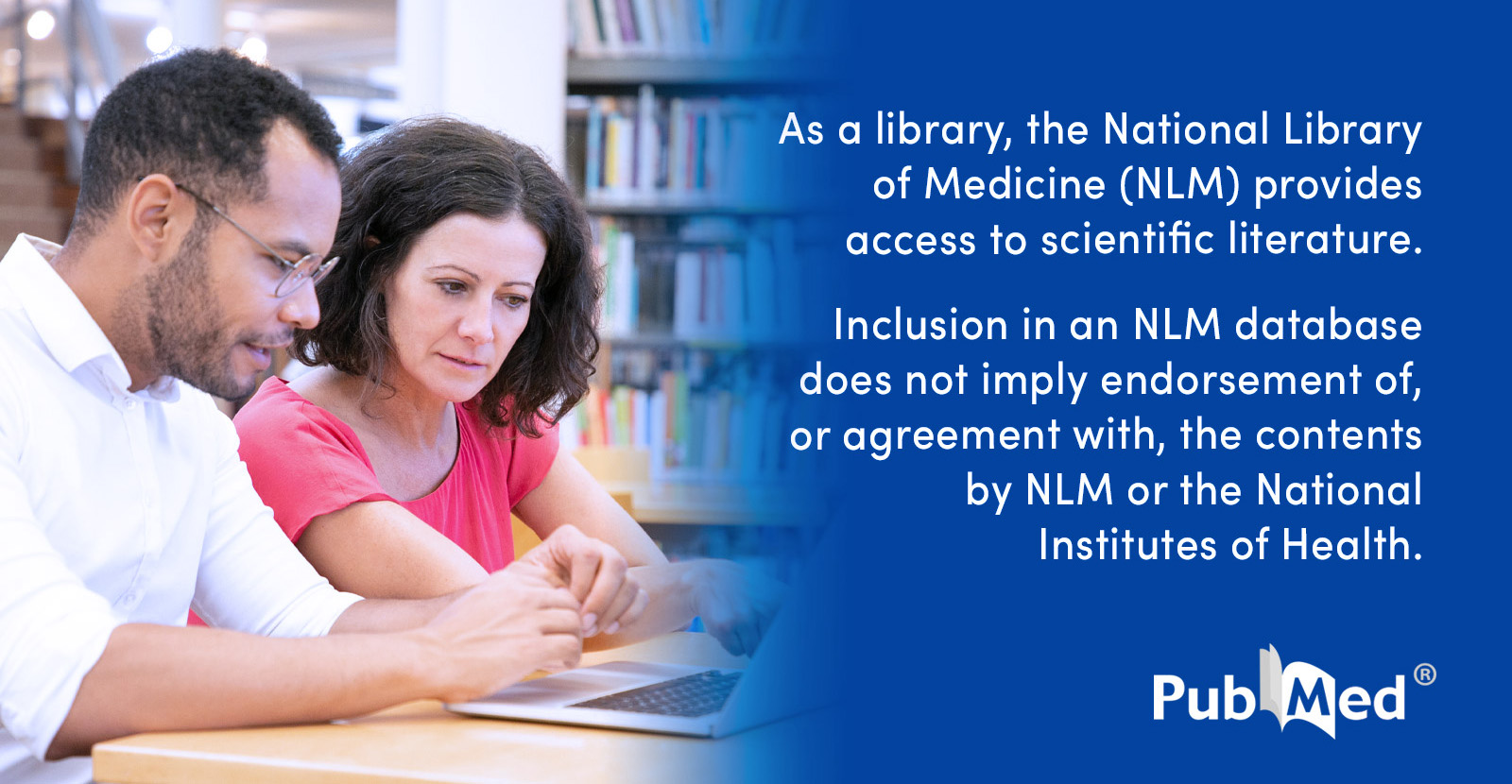
Researchers have developed an enhanced method to accurately measure the activity of beta-carotene 15,15′-dioxygenase (BCDO1), a key enzyme responsible for the first step in vitamin A biosynthesis. The method employs reverse-phase high-performance liquid chromatography (HPLC), offering improvements in sensitivity, specificity, and reproducibility compared to traditional assay techniques.
Beta-carotene 15,15′-dioxygenase catalyzes the symmetrical cleavage of beta-carotene to generate two molecules of retinal, the aldehyde form of vitamin A essential for vision, immune function, and cellular growth. Precise quantification of BCDO1 activity is critical for understanding various metabolic disorders and nutritional deficiencies related to vitamin A.
The newly published study details a rigorous protocol for isolating the enzyme from biological samples and incubating it under controlled conditions with beta-carotene as the substrate. The reaction products are then separated and quantified using reverse-phase HPLC. This technique enables accurate detection of retinal and other cleavage products with minimal interference from other carotenoids or sample contaminants.
The reverse-phase HPLC method exhibits several advantages over spectrophotometric or colorimetric assays, including higher resolution, better quantification of low-abundance metabolites, and applicability to a variety of tissue types and experimental conditions. Researchers note that this approach could be particularly useful in nutritional and genetic studies investigating variations in carotenoid metabolism among populations.
The study’s findings are expected to facilitate future investigations into the regulation of BCDO1 activity and its implications for human health. In addition, the method provides a valuable analytical tool for evaluating the efficacy of interventions aimed at combating vitamin A deficiency, particularly in developing countries where such deficiencies are widespread.
This improved assay method underscores the significance of accurate biochemical measurement tools in advancing our understanding of nutrient metabolism and supporting public health initiatives.
Source: https:// – Courtesy of the original publisher.








